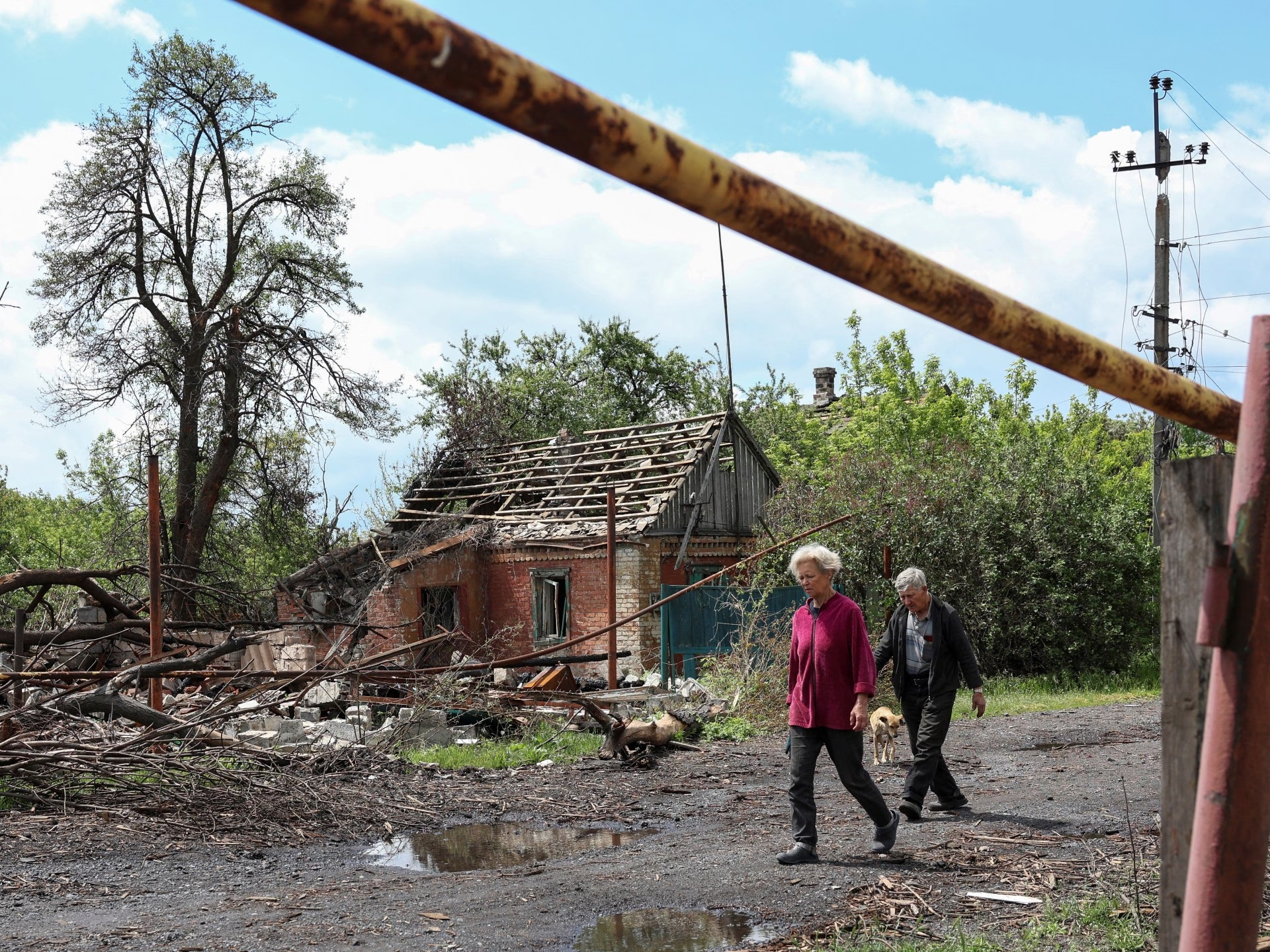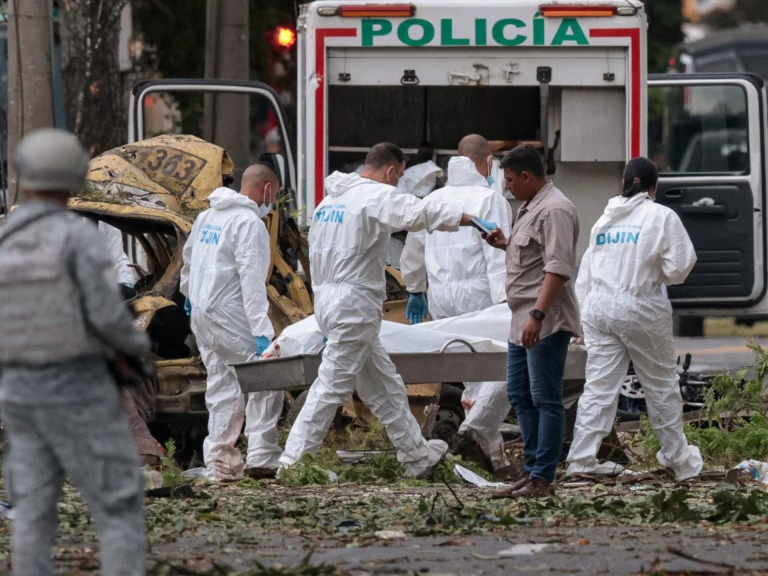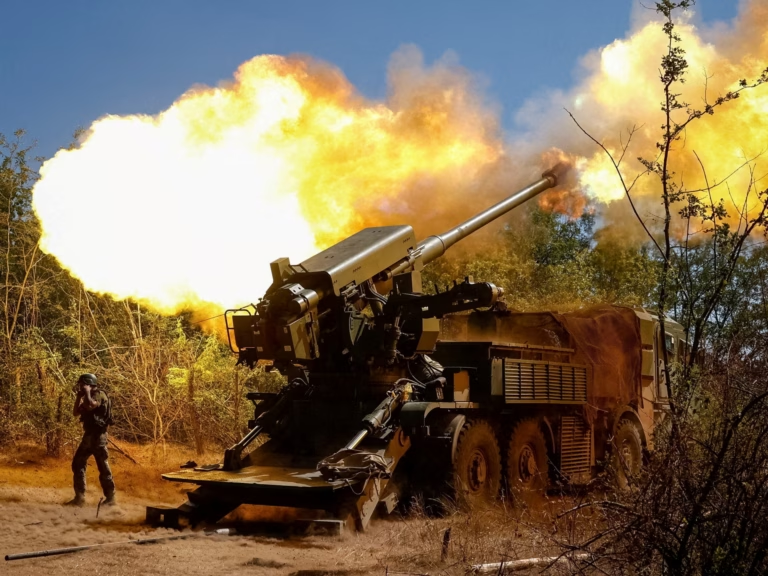Historian Phillips O’Brien opines that stability and EU membership are crucial for Ukraine’s future development. The recent ceasefire proposal by the U.S. administration, led by President Donald Trump, excluded Ukraine’s potential NATO membership, aligning with Russia’s demands but leaving Ukraine without the sought security guarantees.
O’Brien questions the willingness of businesses to invest in Ukraine under these circumstances, suggesting that EU membership might be Ukraine’s best route for rebuilding and integration with Europe.

Regardless, Ukraine’s economic prospects seem grim with the war having inflicted massive damage, estimated by the Kyiv School of Economics to be $170bn as of November. The European Commission initiated negotiations in June at unprecedented speed; however, Ukraine’s full-fledged EU membership is far from certain.
The Kremlin’s Influence on the Economic Landscape
Russia’s strategy has included economic warfare since 2014’s invasion of Donetsk and Luhansk, with Russia exploiting occupied territories for resources such as coking coal, agricultural products, and iron. Russia targeted key industrial areas to weaken Ukraine economically and diminish Western support.
The Strategic Minerals Deal and Other Economic Tools
Ukraine and the U.S. recently signed an intention memorandum to jointly mine Ukraine’s mineral wealth. Despite this, the plan is met with skepticicism regarding the potential of wealth rebuilding a devastated economy.
To bolster the Ukrainian economy, insurance against war risks and seizing of frozen Russian assets have been suggested as necessary measures, with the EU providing substantial financial assistance to support private sector investments. These steps, while significant, may still be insufficient for a full economic recovery.






